The Circle
The Circle is our very own math-literacy magazine for K-12 students. Our mission is to advocate for the world of math, to provide a window into its fascinating history, its distinctive culture, and its many untold stories.January 2024
The Discovery of ... Nothing

Imagine this: you’re a medieval serf in Europe, doing some devious trading with a suspicious wheat dealer. Town rules indicate...
The Pythagoreans

I’ve dipped into a stream of divine teachings, bathing in the calm, fed the word of PATHAGORAS. For 5 years...
Short Encounters at JMM 2024: an Extension from Last Year
If you’ve been reading the SIMC Circle for a while, you might remember Edward Yu’s article \textit{Short Encounters at JMM...
December 2023
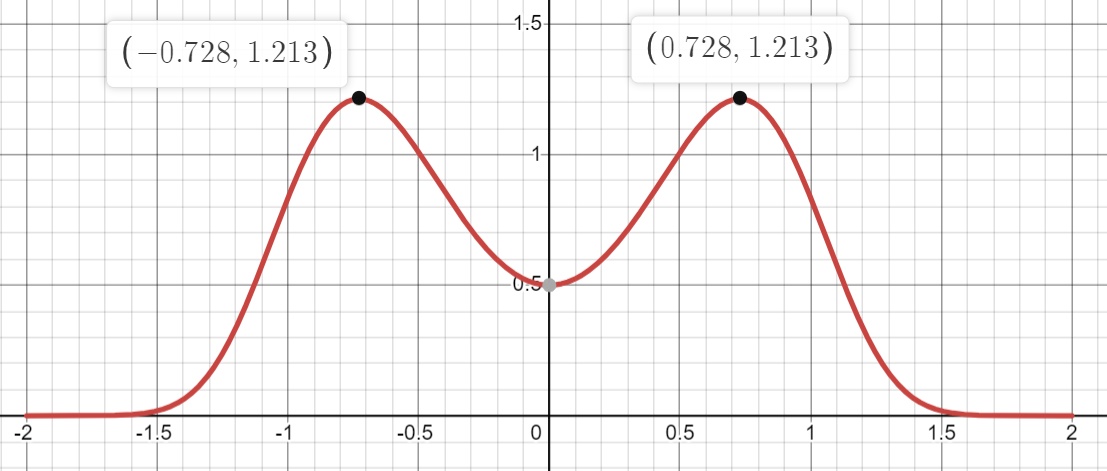
Data Sampling? Statistics? Gambling!!??

Sampling is a pretty intuitive concept. To explain it, I’ll flashback to 10-year-old me, drunk and in a back alley...
Random Number Generators, featuring Java's random function

Try to think of completely random integers between and . Each number should have no relationship at all...

The Power of the Complex Plane
One day, you find yourself in a dungeon. Looking around, you see the lock to get out. Underneath the lock,...

The Collatz Conjecture
Introduction
The Collatz conjecture has the infamy of a black hole. Young, promising mathematicians are sucked into it, never to...
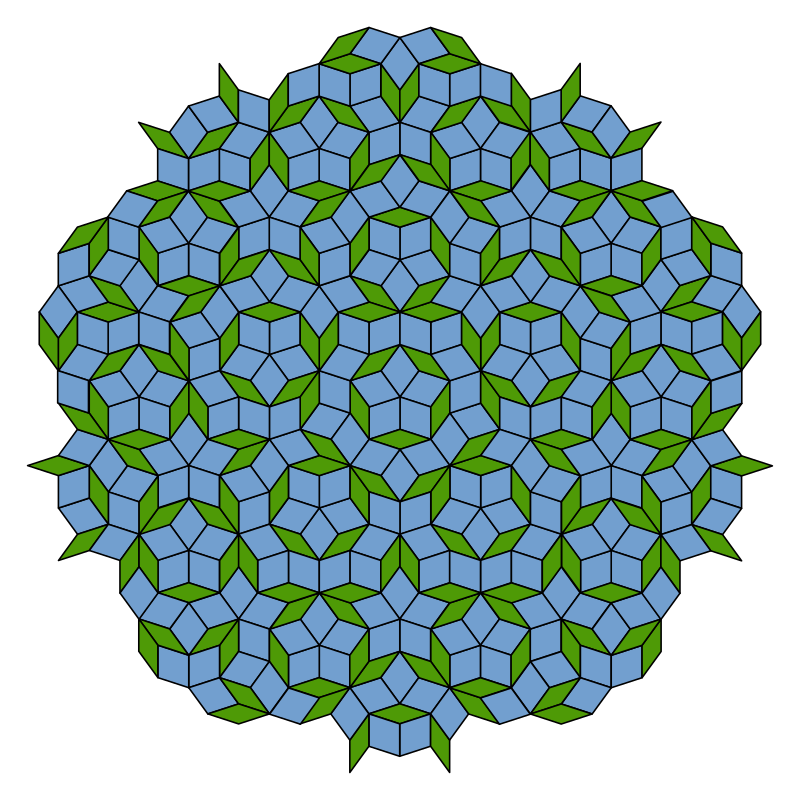
A Strange Shape: Aperiodic Monotiles
Suppose we had a tiling. For example, we can tile the plane with squares as follows:
...
November 2023
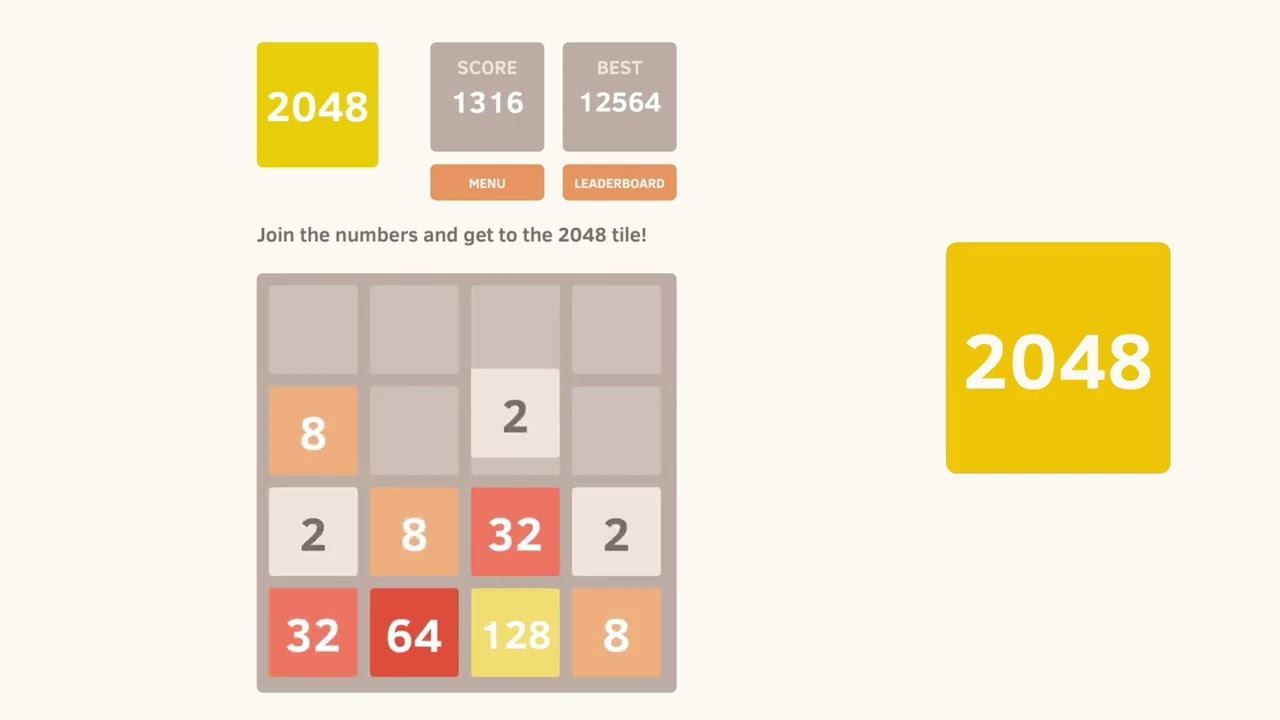
2048

help

Abstract Algebra in the AMC!?

I always wished the AMC could test Abstract Algebra. I mean, who wouldn’t? That’s why I went into Google and...
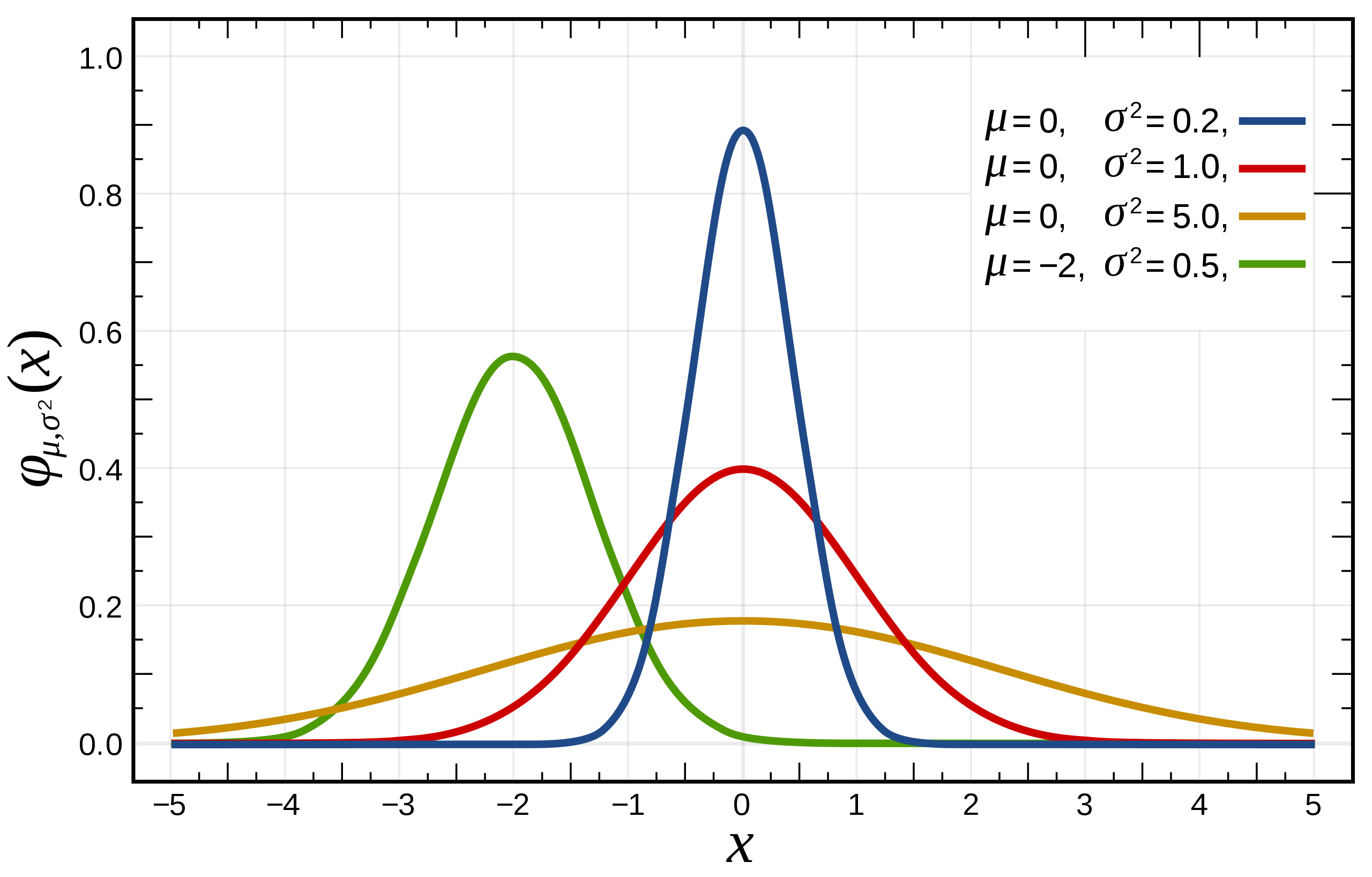
Central Limit Theorem

In a sealed room, the instantaneous velocity of a single oxygen molecule is hard to predict at best. However, when...
Shamir's Secret Sharing
Let’s say you and your eighty friends (you’re extremely popular) were recently offered jobs local bank. Though you are confused...
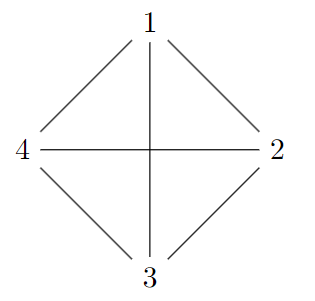
The Probabilistic Method
We have some combinatorial problem, and we want to prove that something exists. But there’s a problem: it feels impossible...
October 2023
X

X. We see it everywhere. But where did it come from?
Polya's Neverending Walk

It was a long time ago when I was safe at home. Back then, in the warm embrace of the...
Characteristic polynomials

While solving problem 20 on this year’s AMC 12A, I, along with many others, quickly derived a recurrence relation...
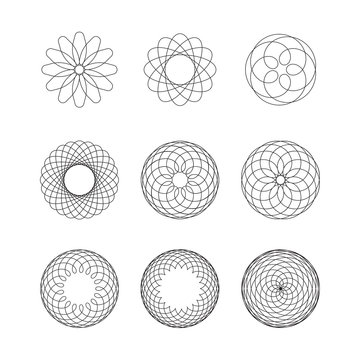
Spirograph
Spirographs are something we’ve played with since we were kids, with two gears inside of each other.
Analyzing Decisions with Expected Value
Let’s say we’re taking the AMC. Each problem is worth 6 points if you get it correct, 1.5 points if...
September 2023
Tinfoil Hats in the Math Community

We’ve no doubt heard all about conspiracy theorists throughout our lives in all sorts of communities. There must be a mathematical equivalent, right?

Chip-Firing Games

Have you ever been at the beach with a handful of sand, sprinkling the tiny grains such that they begin to form a perfect cone? But while you’re admiring this beautifully symmetric creation, a process of destruction inevitably begins to take place...
No one can discover all of math

Just as physicists hope to discover a Theory of Everything today, mathematicians in the 1900s sought to identify a mathematical framework that explains, however tediously, all of mathematics. Unfortunately, mathematician Kurt Gödel’s incompleteness theorems, published in 1931, broke apart this dream, demonstrating that no framework can plausibly explain every mathematical truth.
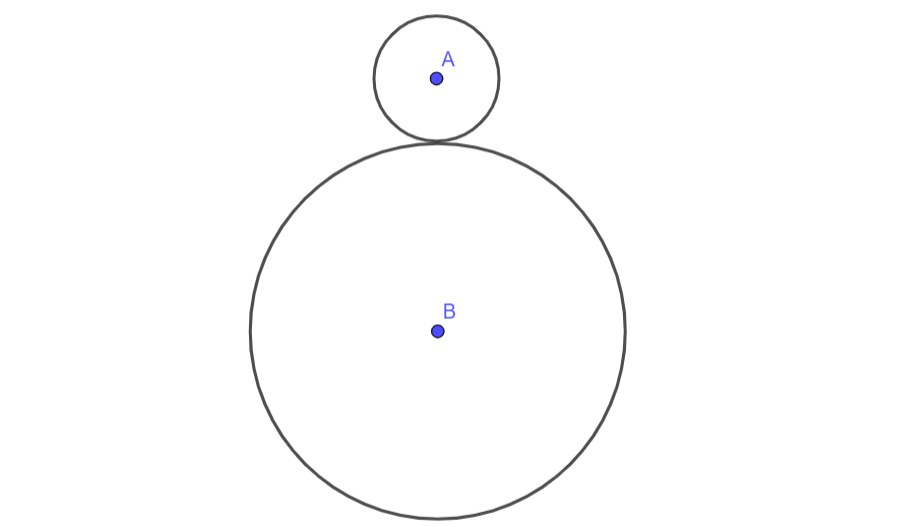
A Different Way of Thinking About The Coin Rotation Paradox
In 1982, there was a problem on the SAT that was so difficult that none of the test takers were able to correctly solve it. The problem came to be known as the Coin Rotation Paradox...
Proof by Story Telling
One day, you randomly decide to write down the first few lines of Pascal’s Triangle.
Group Theory
Let’s say we have a triangle. What’s more, let’s make all three sides of the triangle have the same length—it’s equilateral. Now, remember how we learned *transformations* ages and ages ago? We’re going to look at the transformations that preserve the triangle.